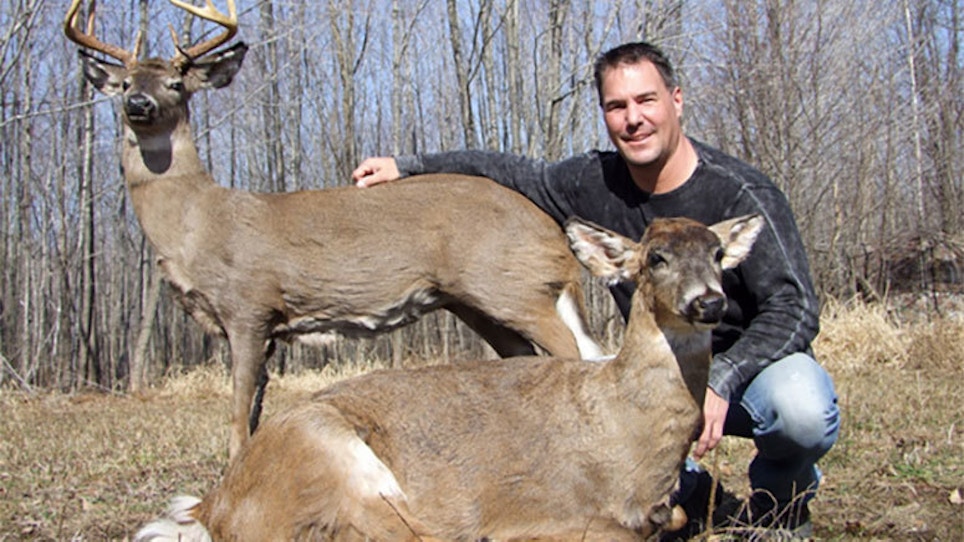Efforts by federal game managers to stop poachers has taken quite the technological turn.
Whether poachers are hunting game out of season, in an illegal location or using methods barred by game laws, the officers with the U.S. Fish and Wildlife Service have a small army of deer, elk, turkey, fox and wolf decoys deployed to catch poachers, The Washington Post reports.
The decoys are part of a program run by the Humane Society Wildlife Land Trust. The organization's Jim Reed told The Post demand has been high, despite the fairly steep cost — a deer costs about $2,000 while a black bear is north of $5,000. All proceeds are donated to anti-poaching agencies.
The process begins with officers placing a robo-animal into the wild, staging it in an area where they’ve been tipped about illegal hunting, The Post reports. The officers then sit out of sight and use a remote to move the animal’s head, legs or tail.
In one case, Maryland game wardens busted two poachers who shot at a whitetail buck robo-deer with a crossbow at night from their truck last fall. Brian Wolslegel, owner of Custom Robotic Wildlife, told The Post the decoys are so realistic because they’re made from hides acquired legally from hunters, game wardens or online.
Wolslegel told the paper he sells as many as 100 whitetail deer annually. He added officers say they’ve made as much as $30,000 in fines from the robotic animals.
“To have a poacher, a wild animal and a law enforcement officer at the same scene, it’s like winning the lottery,” he said. Wolslegel added that even if a poacher is caught, “the animal already died in the process.”
But Wolslegel’s robotic animals are much more difficult to kill. He said even if a bullet breaks the motor, it’s replaceable. In fact, Reed said the most realistic decoys have been shot 100 times or more.






